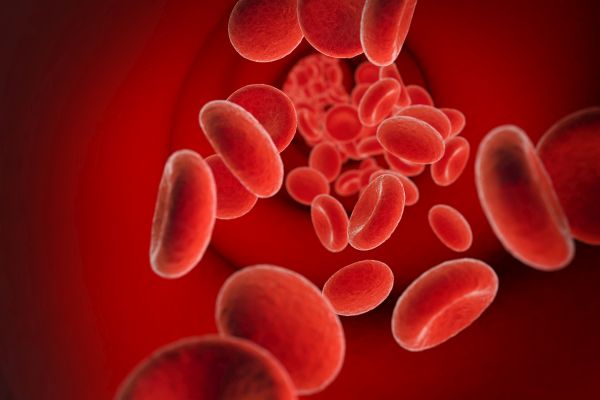Hospital-acquired bloodstream infection (BSI) is associated with high morbidity and mortality and increases patients’ length of stay (LOS) and hospital charges. Zhang, et al. (2020) sought to calculate LOS and charges attributable to BSI and compare results among different models.
A retrospective observational cohort study was conducted in 2017 in a large general hospital, in Beijing. Using patient-level data, the researchers compared the attributable LOS and charges of BSI with three models: 1) conventional non-matching, 2) propensity score matching controlling for the impact of potential confounding variables, and 3) risk set matching controlling for time-varying covariates and matching based on propensity score and infection time.
The study included 118,600 patient admissions, 557 (0.47%) with BSI. Six hundred fourteen microorganisms were cultured from patients with BSI. Escherichia coli was the most common bacteria (106, 17.26%). Among multi-drug resistant bacteria, carbapenem-resistant Acinetobacter baumannii (CRAB) was the most common (42, 38.53%). In the conventional non-matching model, the excess LOS and charges associated with BSI were 25.06 days (P < 0.05) and US$22041.73 (P < 0.05), respectively. After matching, the mean LOS and charges attributable to BSI both decreased. When infection time was incorporated into the risk set matching model, the excess LOS and charges were 16.86 days (P < 0.05) and US$15909.21 (P < 0.05), respectively.
The authors say this is the first study to consider time-dependent bias in estimating excess LOS and charges attributable to BSI in a Chinese hospital setting. We found matching on infection time can reduce bias.
Zhang Y, et al. Estimating length of stay and inpatient charges attributable to hospital-acquired bloodstream infections. Antimicrobial Resistance & Infection Control. Vol. 9, No. 137. 2020.

magnificent issues altogether, you just gained a logo new reader. What may you suggest in regards to your submit that you simply made a few days ago? Any positive?
Hi there friends, its great post about teachingand fully explained, keep it up all the time.
Do you have a spam issue on this website; I also am a blogger, and I was wanting to know your situation; many of us have created some nice methods and we are looking to trade methods with other folks, be sure to shoot me an e-mail if interested.
Useful info. Fortunate me I found your site by accident, and I am stunned why this coincidence did not happened in advance! I bookmarked it.
It’s going to be finish of mine day, but before finish I am reading this great article to increase my knowledge.
It’s difficult to find educated people about this topic, but you sound like you know what you’re talking about! Thanks
At this time I am going to do my breakfast, later than having my breakfast coming again to read additional news.
Hey, I think your blog might be having browser compatibility issues. When I look at your blog in Ie, it looks fine but when opening in Internet Explorer, it has some overlapping. I just wanted to give you a quick heads up! Other then that, great blog!
Fine way of explaining, and pleasant article to take data concerning my presentation topic, which i am going to deliver in institution of higher education.
I don’t even know the way I stopped up here, however I assumed this post was good. I don’t recognise who you are however definitely you are going to a famous blogger if you are not already. Cheers!